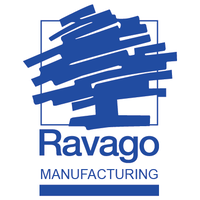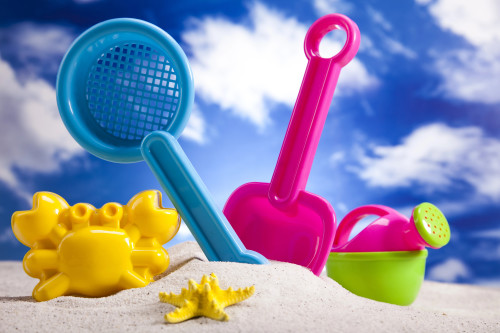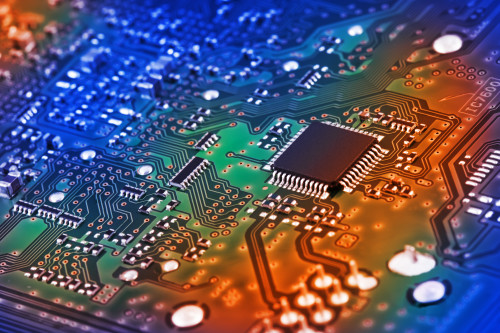Understanding Multi Injection Moulding:
Simultaneous Injection: Different materials are injected at the same time, forming a unique, sandwich-like structure within a single moulding cycle.
Integrated Materials: The plastics mould around each other, remaining distinct yet coexisting within the same structure.
Injection Techniques: Materials can be injected concentrically from the same point or regionally from different points to achieve the desired material distribution.
Benefits of Multi Injection Moulding:
Material Efficiency: Allows for the creation of parts with varied properties, such as a rigid core with a soft exterior.
Design Flexibility: Offers the ability to design complex parts with multiple materials, enhancing functionality and aesthetics.
Conversely, multi-shot injection moulding, also known as sequential injection moulding, builds parts layer by layer from the core outward.
Key Aspects of Multi Injection Moulding:
Sequential Layering: Materials are injected in a specific sequence, layer upon layer, to build the final part.
High-Energy Bonding: The process ensures high-energy interactions at the boundaries, resulting in strong inter-layer adhesion.
Layered Complexity: Ideal for products that require different materials in varying geometries within the same part.
Advantages of Multi Injection Moulding:
Strong Bonding: Creates more robust bonds compared to overmoulding techniques.
Versatile Design: Facilitates the production of parts with varying moulds and complex designs.
Both co-injection and multi injection moulding are pivotal in manufacturing advanced plastic components, offering manufacturers a plethora of design possibilities and material combinations to meet specific product requirements.













